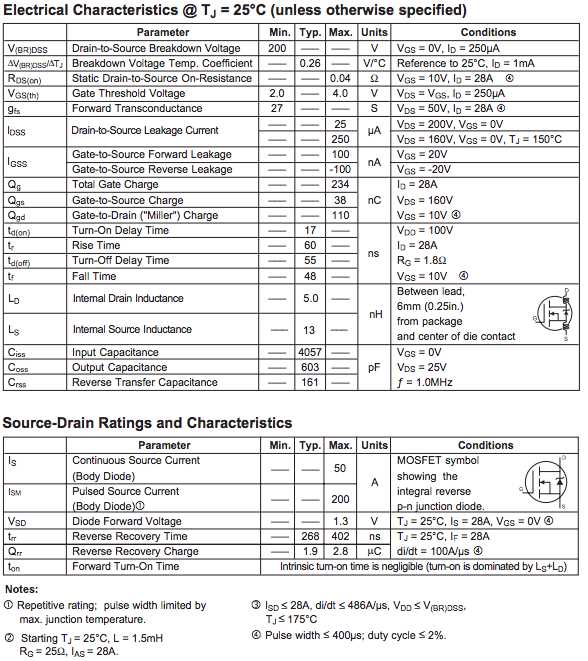
When it comes to exploring the realm of electronic components, there are few things more important than having a solid grasp on deciphering the intricate details hidden within datasheets. These information-packed documents hold the key to unraveling the mysteries of MOSFETs, enabling engineers and enthusiasts alike to harness their full potential in a multitude of applications. In this section, we will delve into the art of comprehending MOSFET documentation, uncovering the vital parameters and specifications that dictate their performance.
Embarking on a journey to decipher a MOSFET datasheet can feel like entering a labyrinth of technical jargon and cryptic symbols. However, armed with a systematic approach and a keen eye for detail, one can unlock the hidden treasures that lie within. It is important to be armed with a strong understanding of electrical concepts and terminologies, as well as a familiarity with the unique language used to describe MOSFET characteristics.
Within these datasheets, the parameters and specifications dance harmoniously, painting a vivid picture of the MOSFET’s capabilities. These documents serve as a guide, shining a light on crucial details such as voltage ratings, current ratings, switching characteristics, and thermal resistance. By discerning the meaning behind terms such as gate-source voltage, drain current, on-resistance, and gate charge, one can gain a deep understanding of how a MOSFET will perform under various operating conditions.
Understanding MOSFET Datasheets: A Beginner’s Guide
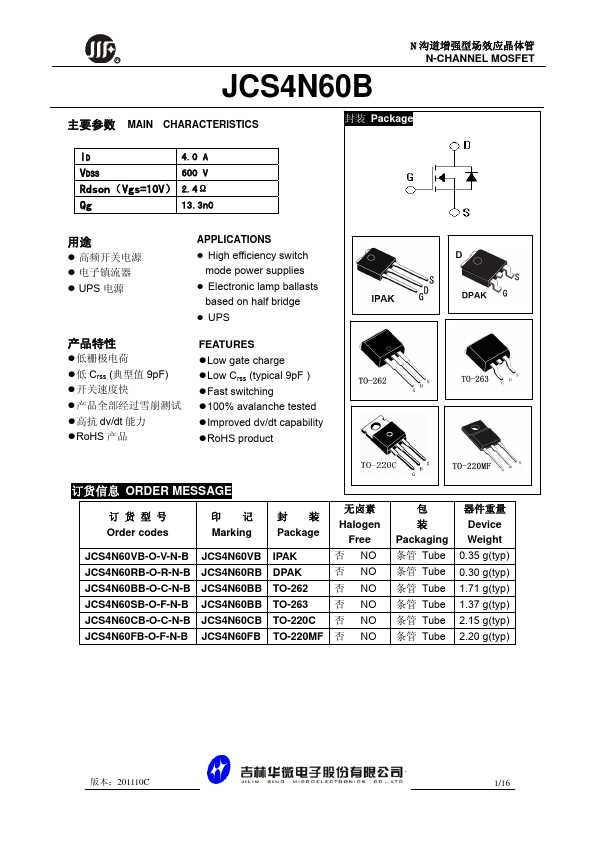
In the world of electronics, understanding the specifications and characteristics of components is crucial to designing and working with circuits effectively. MOSFETs (Metal-Oxide-Semiconductor Field-Effect Transistors) are widely used in various electronic devices, and their datasheets provide valuable information for engineers and hobbyists alike. This beginner’s guide aims to help you navigate and interpret MOSFET datasheets, enabling you to make informed decisions when selecting and utilizing these components in your projects.
Decoding MOSFET Part Numbers

Before diving into the details of a MOSFET datasheet, it’s important to understand how to decipher the part number and identify the type of MOSFET you are working with. MOSFET part numbers often consist of a combination of letters, numbers, and symbols that convey specific information about the component’s characteristics. This section will guide you through the process of decoding MOSFET part numbers, allowing you to quickly identify crucial specifications such as polarity, voltage ratings, and current capacity.
Understanding Key MOSFET Specifications
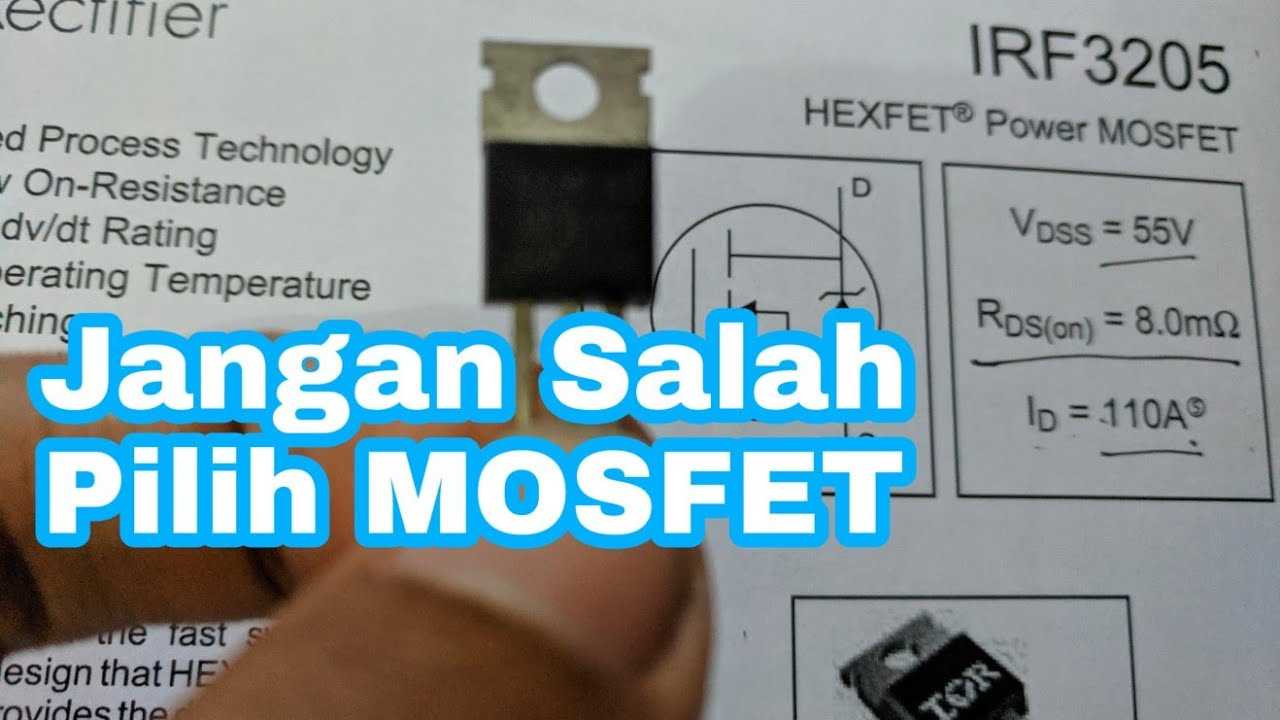
MOSFET datasheets provide a wealth of information, but not all specifications may be relevant to your application. This section focuses on the key specifications that directly impact MOSFET performance and helps you understand their significance. From drain-source voltage ratings to threshold voltage, on-resistance, gate charge, and power dissipation capabilities, this guide demystifies these specifications and provides practical examples to illustrate their importance in different circuit scenarios.
- Drain-Source Voltage (VDS): Ensuring safe operation
- Threshold Voltage (VGS(th)): Determining switching behavior
- On-Resistance (RDS(on)): Minimizing power losses
- Gate Charge (QG) and Gate-Source Voltage (VGS): Controlling switching speed
- Power Dissipation (PD): Understanding thermal limitations
By gaining a clear understanding of these key specifications, you will be able to make informed decisions when selecting a MOSFET for your circuit, ensuring optimal performance and reliability.
Remember, interpreting datasheets is an essential skill for any electronics enthusiast. This beginner’s guide provides a foundation for understanding MOSFET datasheets and empowers you to confidently work with these components, expanding your knowledge base and enhancing your circuit design capabilities.
Key Terminology Explained
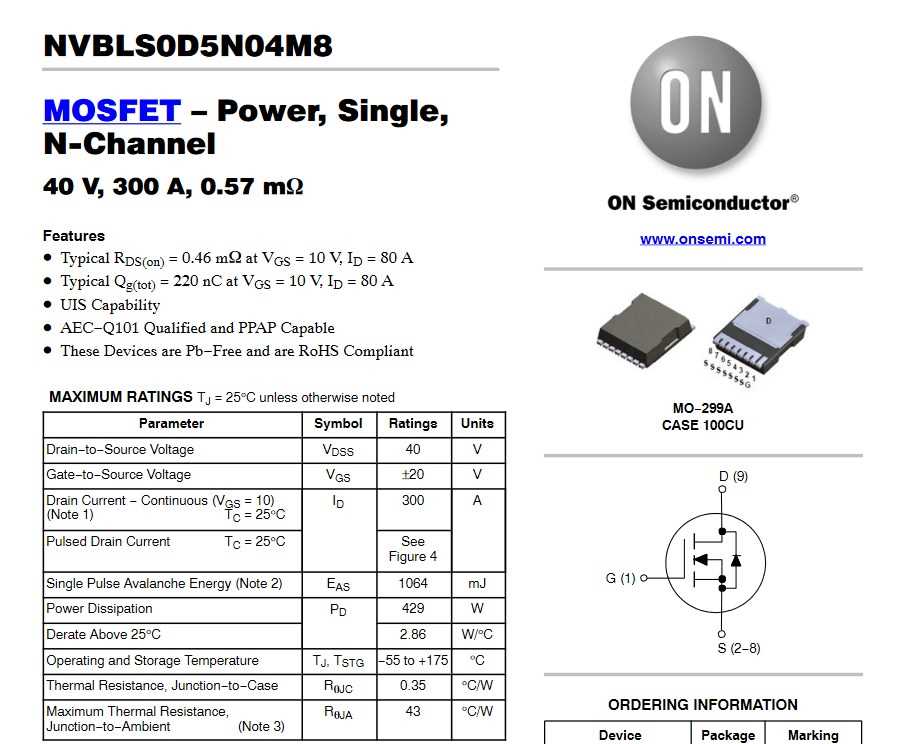
In the realm of understanding the complexities of a MOSFET datasheet, it is important to grasp the key terminology associated with this electronic component. By familiarizing ourselves with these terms, we can navigate through the datasheet with confidence and gain a deeper understanding of the device’s specifications and performance capabilities.
1. Threshold Voltage
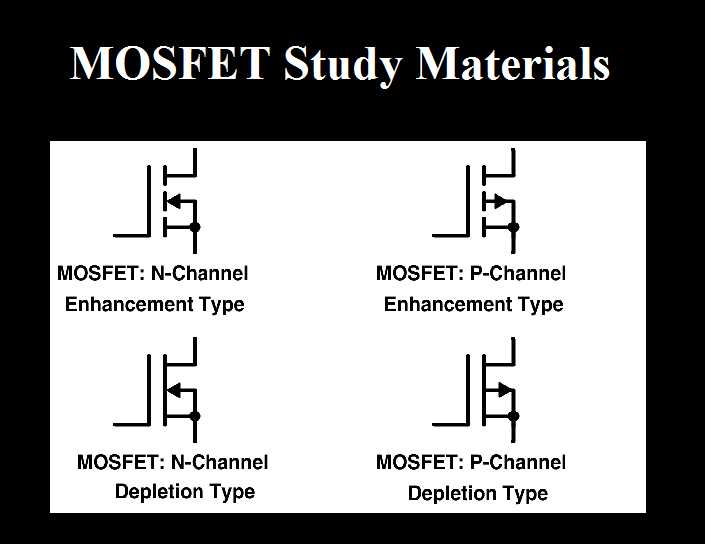
One fundamental term to comprehend is the threshold voltage, which refers to the minimum amount of voltage required to turn on the MOSFET and allow current to flow through the device. It acts as a switch, determining when the transistor enters its “on” state, and is a crucial parameter to consider in determining the suitability of a MOSFET for a specific application.
2. Drain-Source On-Resistance

The drain-source on-resistance, often abbreviated as RDS(on), is another essential term to understand in MOSFET datasheets. It characterizes the resistance between the drain and source terminals when the MOSFET is in its “on” state. Lower RDS(on) values indicate more efficient power handling and reduced losses, making it an important consideration for applications requiring high power dissipation.
- Gate-Source Voltage (VGS): The voltage difference between the gate and source terminals, which controls the operation of the MOSFET.
- Gate Threshold Voltage (VGS(th)): The minimum gate-source voltage required to turn on the MOSFET.
- Gate-Source Capacitance (CGS): The capacitance between the gate and source, responsible for storing and releasing charge during switching operations.
- Drain-Source Breakdown Voltage (BVDSS): The maximum voltage that can be applied between the drain and source terminals without causing permanent damage to the MOSFET.
- Gate Charge (QG): The amount of charge required to switch the MOSFET between its “on” and “off” states.
By familiarizing ourselves with these key terms, we can better understand the nuances of a MOSFET datasheet and make informed decisions when selecting the appropriate MOSFET for our specific application needs.
Understanding Electrical Characteristics
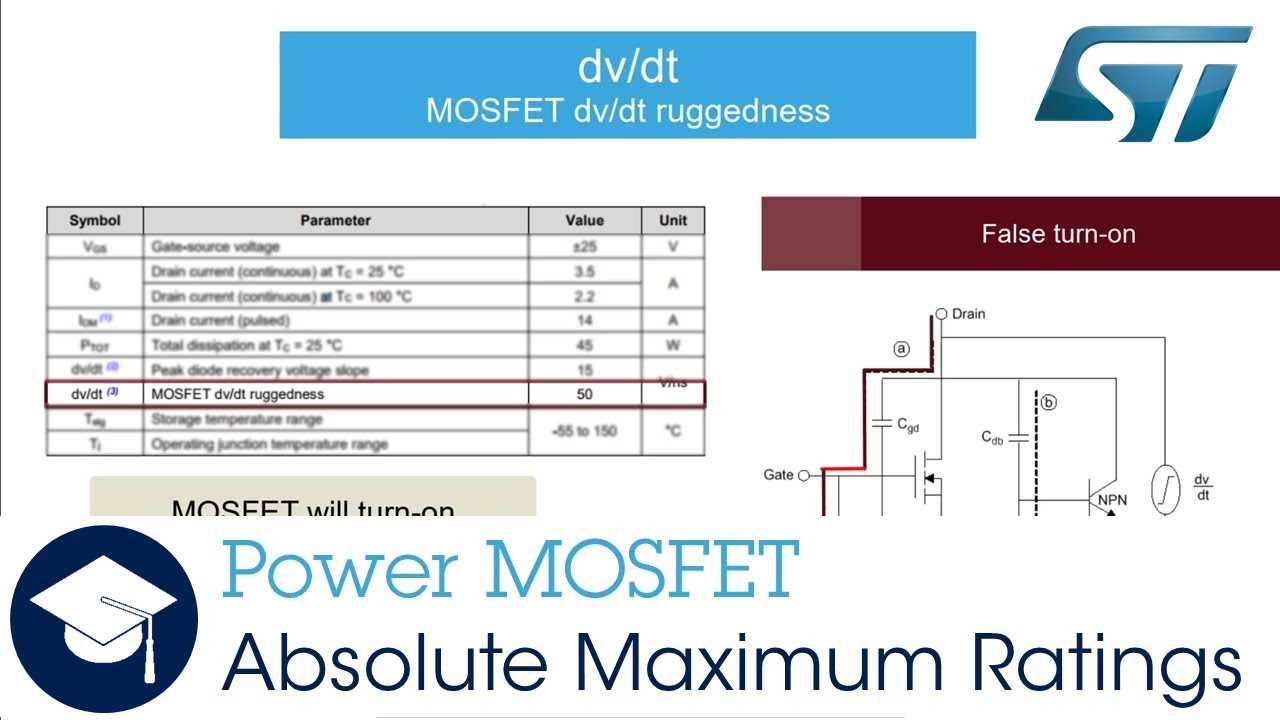
In order to effectively analyze and utilize the potential of a MOSFET device, it is crucial to understand its electrical characteristics. These characteristics provide valuable information about the performance and behavior of the MOSFET under different operating conditions. By comprehending these characteristics, engineers and designers can make informed decisions regarding the application and integration of the MOSFET into their circuits.
Threshold Voltage
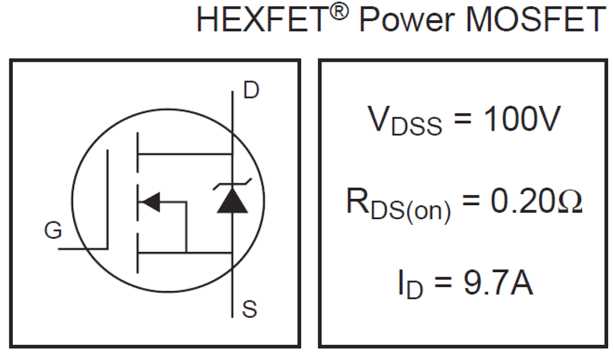
One of the fundamental electrical characteristics of a MOSFET is its threshold voltage. This voltage level determines when the MOSFET transitions from the off-state to the on-state. It is crucial to choose a MOSFET with a threshold voltage compatible with the desired circuit operation to ensure efficient and reliable performance. The threshold voltage can vary between different MOSFET models, and it is important to consult the datasheet for accurate threshold voltage specifications.
Drain-Source Breakdown Voltage
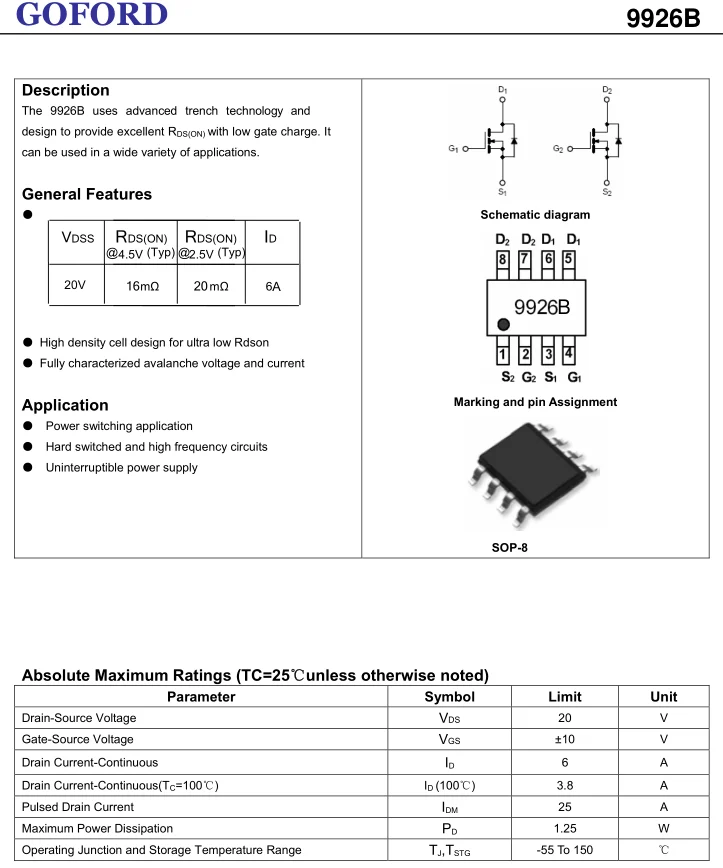
The drain-source breakdown voltage is another critical electrical characteristic of a MOSFET. This voltage rating indicates the maximum voltage that can be applied across the drain and source terminals before the MOSFET enters a breakdown state, potentially causing irreversible damage. Understanding the drain-source breakdown voltage is essential in selecting a MOSFET that can handle the expected voltage levels in a given circuit.
Other Electrical Characteristics
Aside from the threshold and drain-source breakdown voltages, there are several other electrical characteristics worth considering. These include the drain current, which indicates the maximum current that can flow through the MOSFET, and the on-resistance, which determines the voltage drop across the MOSFET when it is in the on-state. Additionally, parameters such as gate charge, capacitance, and switching speed impact the MOSFET’s performance in terms of efficiency and switching performance.
In conclusion
Understanding the electrical characteristics of a MOSFET is crucial for successful circuit design and optimization. By evaluating parameters such as threshold voltage, drain-source breakdown voltage, and other factors, engineers can make informed decisions about the suitability of a MOSFET for a given application. Careful consideration of these electrical characteristics can lead to improved circuit performance and reliability.
Interpreting Graphs and Tables for MOSFET Performance
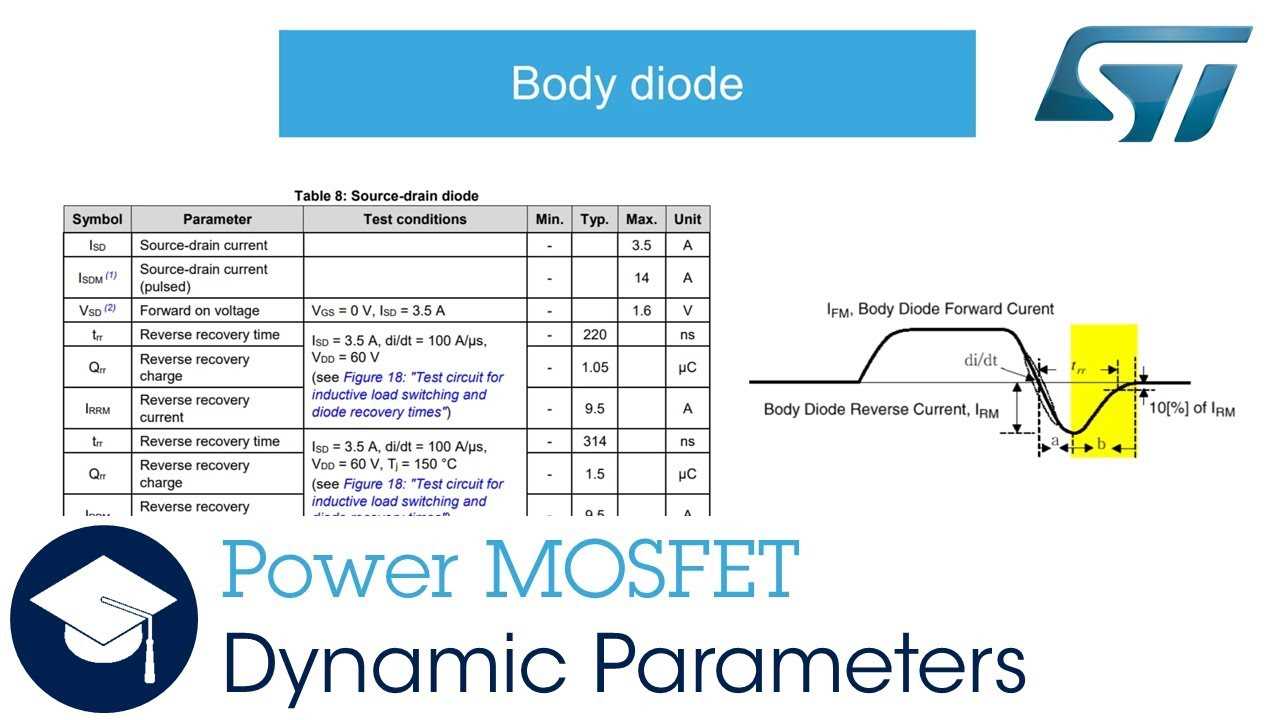
In order to gain a comprehensive understanding of the performance of a MOSFET, it is essential to carefully examine and interpret the graphs and tables provided in the datasheet. These visual representations and numerical data offer valuable insights into the device’s capabilities and limitations, allowing engineers to make informed decisions in selecting and utilizing MOSFETs for their specific applications.
One important aspect to consider when interpreting graphs and tables is the horizontal and vertical scales. The horizontal scale typically represents the input or output conditions, such as voltage or current, while the vertical scale represents the corresponding MOSFET characteristics, such as drain current or drain-source voltage. Understanding the scale is crucial for accurately assessing the performance of the MOSFET under different operating conditions.
Another vital aspect to analyze in graphs and tables is the trend or shape of the plotted data. For instance, the transfer characteristic graph, also known as the IDS-VGS curve, illustrates the relationship between the drain current (IDS) and the gate-source voltage (VGS). By examining the curve, one can determine important parameters like the threshold voltage, which indicates the voltage required to turn on the MOSFET.
Tables, on the other hand, provide precise numerical values for specific parameters of interest. For example, the datasheet may include a table indicating the maximum drain current (ID) that the MOSFET can handle at different temperatures. By consulting the table, engineers can ensure that their chosen MOSFET can withstand the anticipated current levels without exceeding its rated limit.
It is crucial to pay attention to any footnotes or additional information accompanying the graphs and tables. These annotations often provide essential details about the measurement conditions, assumptions made, or specific limitations of the data. Ignoring these critical footnotes could lead to misconceptions or misinterpretations of the MOSFET’s performance.
- To summarize, interpreting graphs and tables in the MOSFET datasheet is a crucial step in accurately understanding the device’s performance.
- Examining the scales and understanding the relationship between input/output conditions and MOSFET characteristics is essential.
- Analyzing the trend or shape of the plotted data helps in determining key parameters and thresholds.
- Tables provide precise numerical values for specific parameters, such as maximum current handling capabilities.
- Pay attention to footnotes and additional information to avoid misinterpretations and ensure a comprehensive understanding of the datasheet.